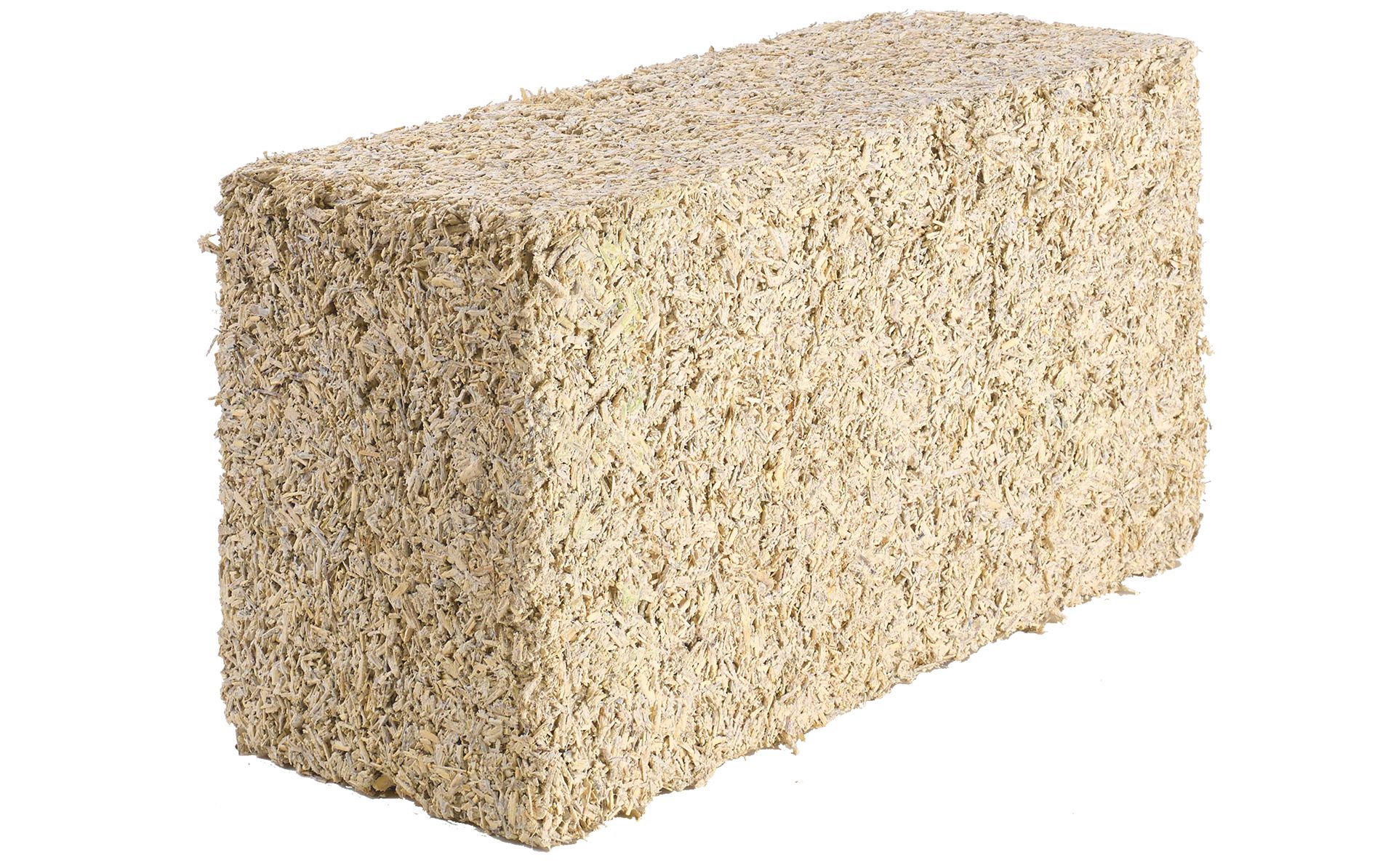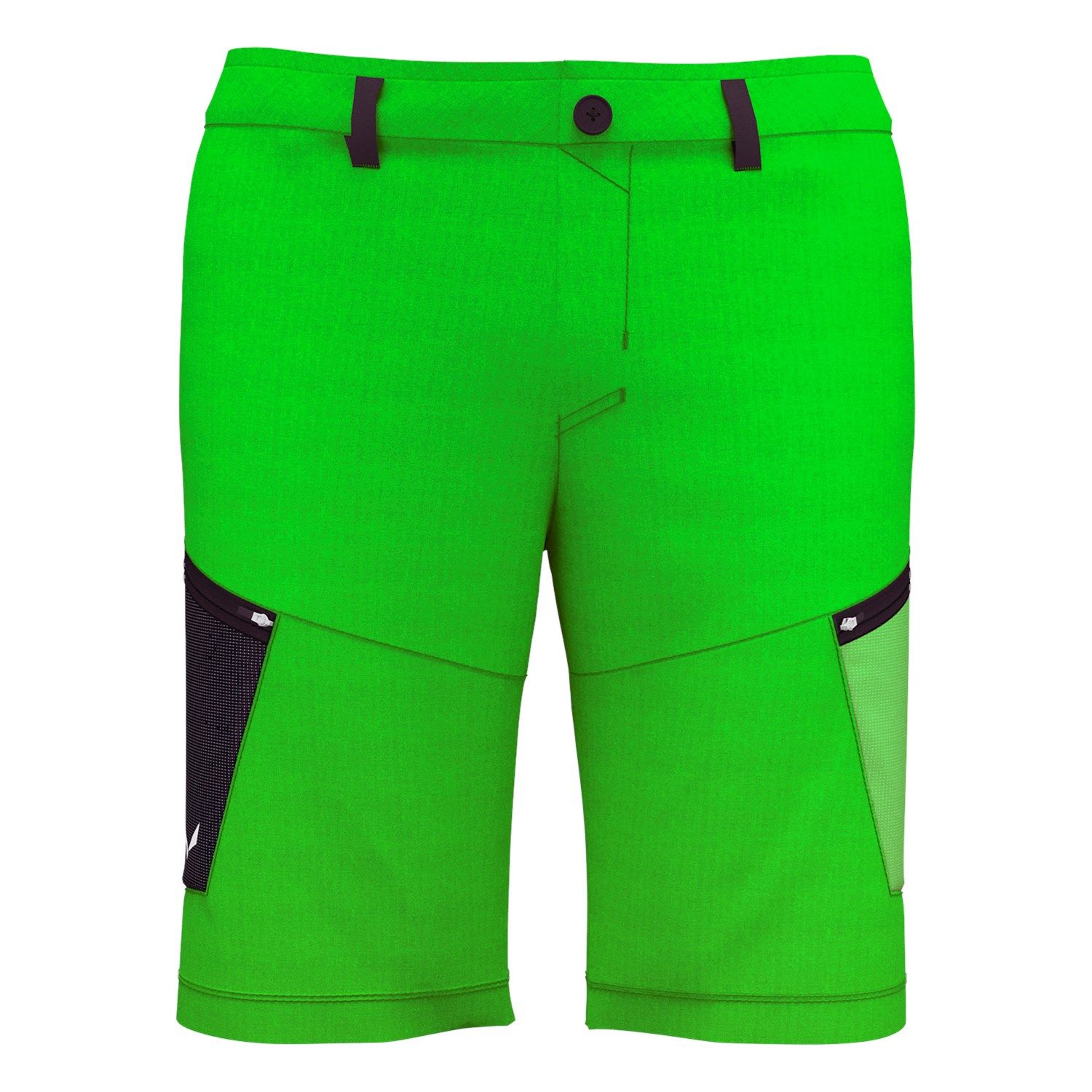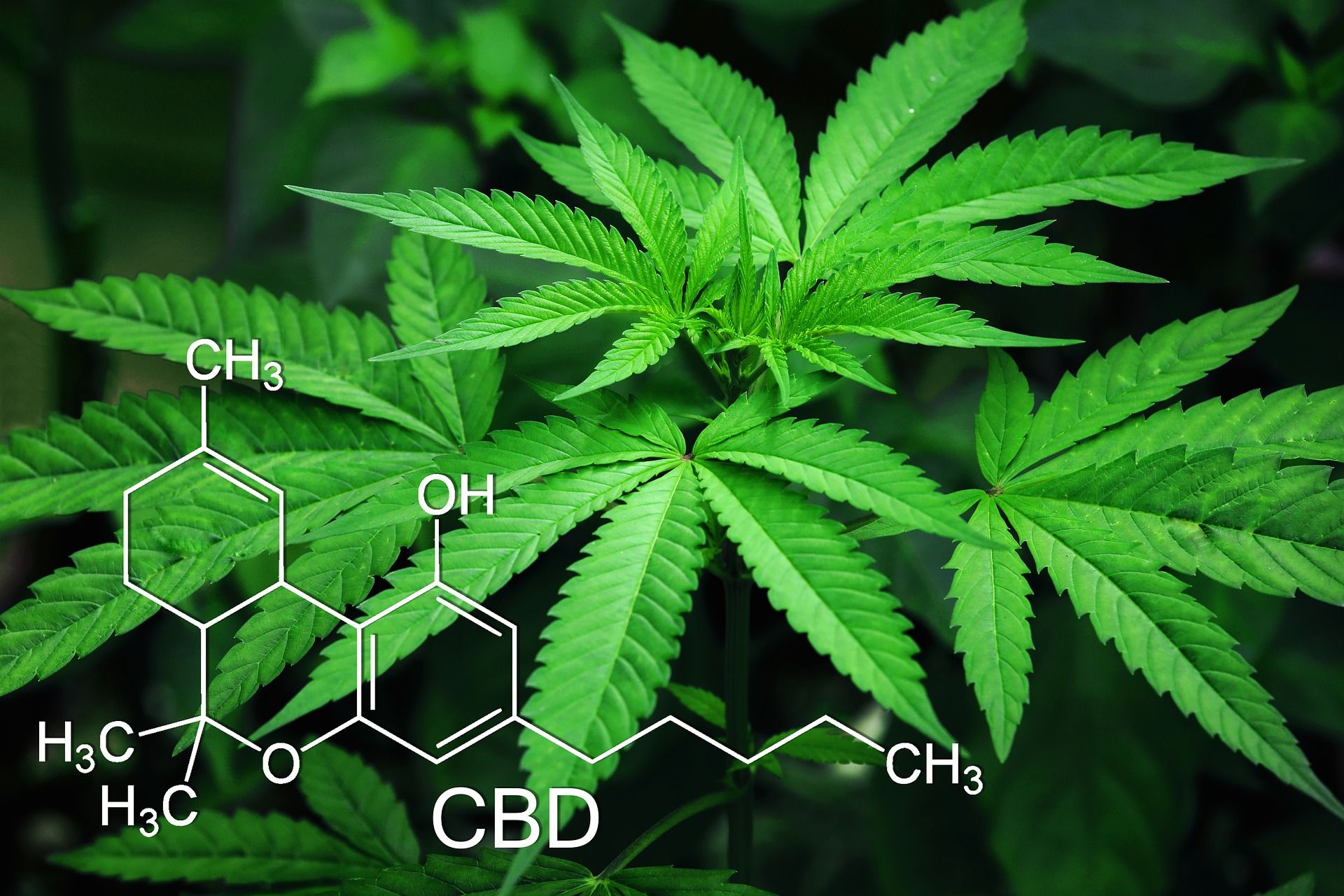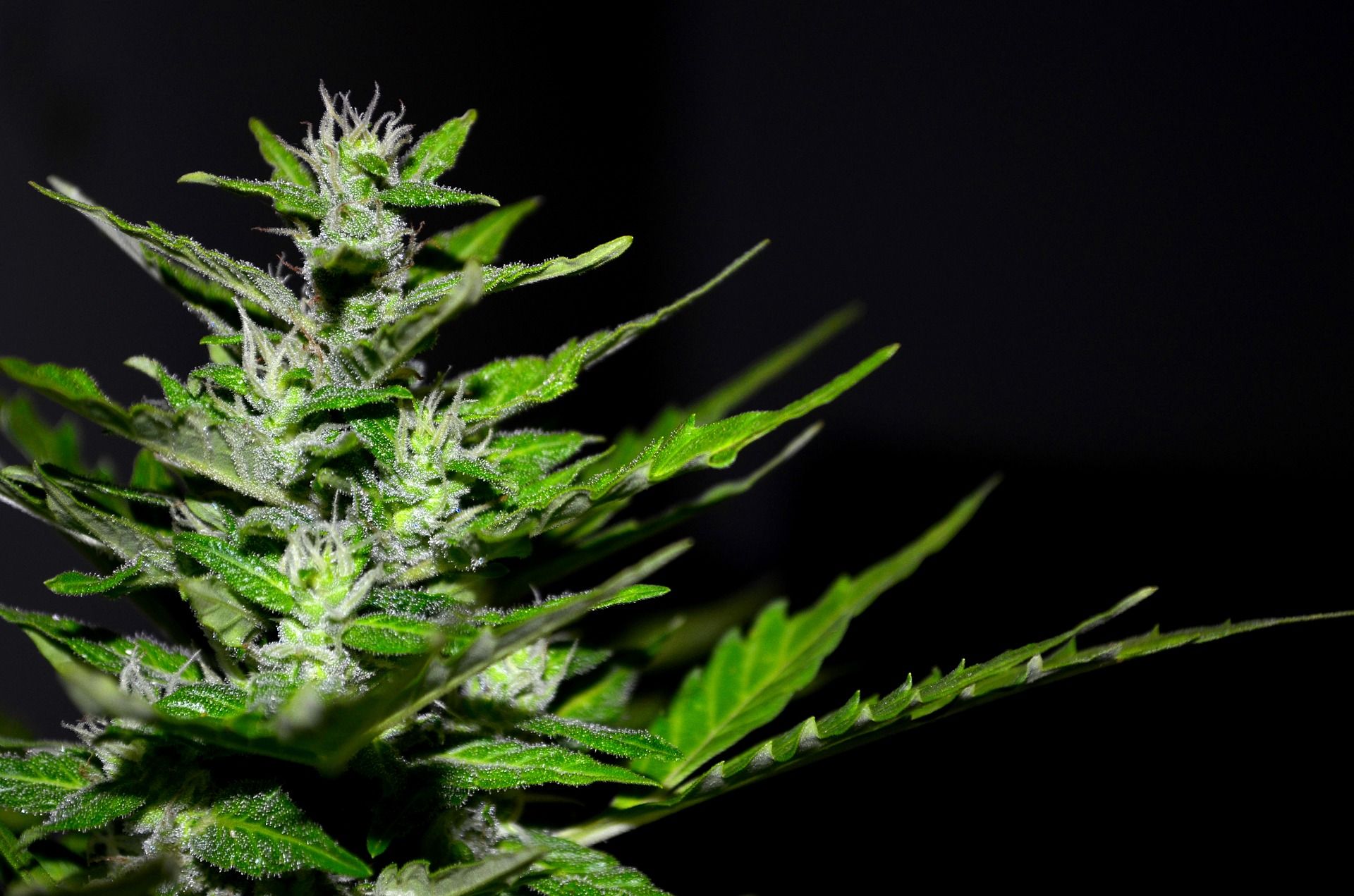
🌿 Hemp - the start of a veg-tech revolution?
Cultivated for millennia and used in many sectors such as textiles and food, the most recent research shows how hemp can replace many synthetic products in construction, automotive, environmental remediation, and pharma.
Share this story!
Hemp or cannabis is not innovative plant material. It has been cultivated for millennia by several populations around the world. It has been widely used to make clothes, paper, food, and natural medicines throughout history.
EIHA, the European Hemp Consortium, describes it as an exceptional plant with shallow environmental impact as it:
- fast growing (four-five months)
- increases soil nourishment
- absorbs CO2
- does not require fertilizers and only small amounts of water compared to other crops (75 percent less than cotton)
- does not generate waste, as all parts of the plant can be, and is, used
- is a good source of cellulose and can replace paper, which means potentially reducing deforestation
So the question is, why does hemp have such a negative reputation being associated mainly with drugs? How come it is not more widely used industrially?
Initially, some solid economic interests in the paper sector influenced how the plant was perceived. The wood industry caused the spread of fake news about hemp, which hindered its growing use. Early on, the plant was linked to producing a psychotropic drug, called by the then-unknown name of "marijuana," and pointed out as responsible for various crimes. This led to a plant ban in 1937 in the USA and later worldwide.
However, the toxicological effects and addiction to cannabis have not been convincingly documented, some argue. Furthermore, even the cannabis used for industrial purposes has suffered from these ideas, seeing its use unreasonably decline.

In recent years, cultivation has been authorized by the EU, and recently the maximum level of THC (the chemical compound linked to abuse) has been raised to 0.3 percent.
After spending years in the darkness, hemp is being rediscovered now, both in traditional sectors such as food, pharmaceutical, and textile and with new applications such as in the automotive, phytoremediation (the use of green plants to remove contaminants), and cosmetic fields.
Italy, a country with excellent environmental conditions for the plants' growth and historically a leader in hemp production, is rediscovering the traditional crop. Thanks to its superb eco-sustainability characteristics and multiple applications, several research projects in the country have been initiated.
Living in hemp houses
The ancient Etruscan population, who inhabited the Italian peninsula from the 9th century BC, built the first houses with thermal insulation using hemp straw bricks.
As hemp has excellent insulating properties and is easy to grow and process at a low cost, it is ideal for construction. Also, hemp is a carbon-negative material that absorbs CO2.
The Puglia region leads the hemp industry in southern Italy, where a processing center for green building recently opened. The center supplies locally grown hemp and processes the fibers used in local projects. In this way, the supply chain closes, creating an excellent example of local circularity.

The local company Messapia Style designs hemp houses using a mixture of hemp, lime, and minerals cast directly on-site to build a single insulating block.
Another company, Tecnocanapa, has developed a range of hemp and lime blocks and bricks. These are fused, creating highly rigid and anti-seismic frames for wood panels.
The hemp chipboard is full of micro-alveoli, which, in addition to providing thermal and acoustic insulation, act as humidity regulators, improving ventilation and home comfort, reducing mold.
Many houses are built using hemp, offering excellent design elements: look at this example of a green building designed by PSArchitettura.
Get dressed in hemp
Hemp has been used for millennia to make clothing and accessories, but research has gone further in recent years.
We move to the Sudtirol mountains from Puglia sea, where the Salewa company has developed Alpine Hemp, a range of technical mountain clothing made with hemp fiber.
It’s not only an issue of eco-sustainability but also of efficiency in technical applications. Thanks to its conformation on a microscopic level, the material guarantees insulation, breathability, and thermoregulation. It’s also a solid fiber with high tensile strength. Hence, it’s tough to tear, comfortable, and reduces sweating.

I am moving on to fashion. Napee, the first hemp eco-leather in northern ItalyNapee, the first hemp eco-leather, has been created. The raw material consists of 20-50 percent waste hemp powder and organic-based biopolymers. The spreading of this mixture on the fabric is carried out with an innovative process without using chemical solvents harmful to the environment. The result is a waterproof and breathable fabric with the same appearance and surface characteristics as genuine leather.
Driving hemp-made cars
A hemp-made car isn't a novelty in human history: in 1937, Henry Ford created Soybean Car, the first car prototype with bodywork made of plant materials, including hemp plastic, powered by hemp bioethanol. A highly light and impact-resistant car designed to link automotive with agriculture.
Following an ancient Italian passion, projects in this area focus on racing applications, the perfect test bench for innovative solutions and materials before implementing them on production cars.
The Italian manufacturer Romero Ferraris developed the full-electric model of Giulia ECTR touring car, with some parts of the body made of natural fabrics, including hemp fiber.
Its lightness, strength, and flexibility are superior to glass fiber and equal to carbon. In addition, hemp is much easier to "extract," process, and dispose of.

ED - Excellence Design has gone even further, designing the Torq Grand Prix racing car. The car is built with 75 percent hemp fiber and features a V6 engine capable of providing 600 HP, designed to be powered by innovative bio-fuels, including hemp distillate. Hemp cultivation produces no soil degradation and grows quickly and easily with reduced inputs compared to other biofuels.
Curing yourself with hemp
The pharmaceutical industry has been heavily investing in hemp, used for millennia as a natural drug in recent years.
Also, in Puglia, Bio Hemp Farming is the first Italian company whose hemp crops have been certified for pharmaceutical use. These crops are intended to extract the non-psychotropic active ingredient CBD, focusing on numerous clinical research.
In fact, according to the latest research, CBD has a muscle-relaxant, anti-inflammatory, anxiolytic and antidepressant effect. A recent study, carried out by the Medical College of Georgia at Augusta University, has experienced a vital CBD contribution in Alzheimer's treatment.

Bio Hemp Farming is a division of the Swiss company Crystal Hemp, which markets pharmaceutical products, cosmetics, and dermatological products based on cannabis.
Moreover, cannabis seeds have always been used for nutrition; however, THC content's strict limits significantly reduce its use.
A study recently launched by the EIHA Novel Consortium of Food aims to investigate the safety of CBD Full Spectrum in human nutrition, also analyzing the potential toxicological effects of THC traces.
Are you curing the planet with hemp?
At this point, you understand what a fantastic plant material hemp is and recognize what a rich and long application history it has.
Therefore, it’s not surprising that hemp can be efficiently used for phytoremediation to clean up soils polluted by heavy metals. Growing hemp stimulates the degradation of organic material and absorbs heavy metals.
This application, in particular, was investigated within the GREEN project, also conducted by Abap in Puglia. By comparing different species of hemp, conducting soil-plant-atmosphere interaction analysis, and field sampling, it was possible to do a statistical evaluation of the plant's phytoremediation effect in the absorption of heavy metals, like cadmium, nickel, zinc, through both its aerial and roots parts.
The BIO.SP.HE.RE project on the other hand, investigated the combined effect of a mix of algae and hemp in environmental remediation. The experimentation in the field has shown that the presence of the algal compound has both favored and accelerated hemp growth. This led to an increase of heavy metals eliminated from the soil and absorbed by the hemp plant.

Circular economy with hemp
We have seen how all hemp plant parts can be used efficiently.
It’s, therefore, a somewhat perfect material for the circular economy. Current projects aim to enhance every part of the plant, making the most of processing waste.
For example, the PON Research and Innovation 2014-2020 financed the UNIHEMP project with about € 3.2 million. Its main objective is to analyze the possible uses of all the hemp processing by-products to reshape production processes from a bioeconomic perspective.
In particular, the residual plant biomass is rich in metabolites, which is interesting for the cosmetic and pharmaceutical fields, for their regulating capability in the absorption of certain substances by our body. The project aims to study the most suitable techniques for extracting active ingredients and creating a product able to be easily absorbed by the human body.
The residual biomass of each process can also be enhanced through the combustion or gasification of this waste. This way, renewable electricity from biomass or hemp-based biofuels can be produced.
Plant products that are easy to cultivate and shape for multiple uses carry the future. Hemp seems to be perfectly adaptable to all of these needs as it manages to overcome the prejudices day by day.

By becoming a premium supporter, you help in the creation and sharing of fact-based optimistic news all over the world.



